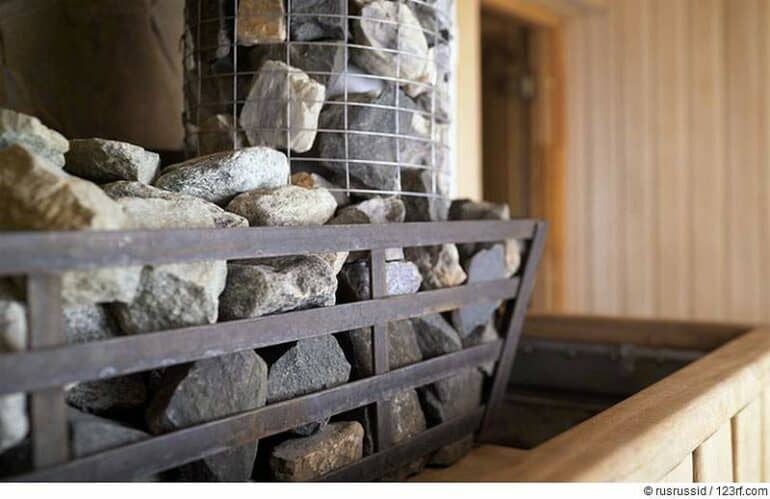What power does my sauna heater need?
There are three main types of sauna heaters used today. These heaters include electric sauna heaters, wood sauna heaters and gas sauna heaters. Which sauna heater you choose depends largely on your background, budget, personal preferences and the location of your sauna. The majority of sauna heaters purchased today are electric. The ability to flip a switch and wait only twenty or thirty minutes to enjoy a sauna session is a major selling point. In this post, we will take a closer look at the electric sauna heater and its performance.
Aspects that must also be considered in the selection process
The industry specifies the power of an electric sauna heater in kilowatts (kW). The heating power you need for your sauna depends not only on the size of the cabin. When choosing the right size furnace should additionally consider the following points:
- What size is the sauna?
- Are parts of the walls or the floor of the sauna made of concrete?
- Is the sauna equipped with a window?
- Does the sauna have a glass wall?
- Does the sauna have a glass door?
- Do all the walls have insulation?
- How many people can fit in the sauna at the same time?
- How often do you visit the sauna?
- Is the sauna well ventilated?
- What is the thermal insulation of the sauna?
How to choose the right sauna heater
The volume of the sauna room and the constructions in the sauna affect the choice of heating power. For each cubic meter of sauna room volume on average 1 kW of heating power is required. If the sauna has window surfaces or heat-retaining surfaces such as brick, concrete or solid wooden beams, the power consumption increases. One square meter of stone, glass or other non-insulated surface increases heating energy consumption by 1.2 cubic meters (m³), which is equivalent to increasing the volume of the sauna room by 1.2 cubic meters (m³). The corresponding factor is 1.5 if the inner walls of the sauna cabin are made of non-insulated wooden boards.
Calculation example
To find the correct room area, multiply L x W x H, so (example) 1.8 m x 1.8 x 2.1 m = 6.8 cubic meters. This gives a value of 6.8 cubic meters à 1 kW = 6.8 kW. NOTE: For outdoor sauna installations, it is recommended to plan for an additional power of 1 kW in cold weather. For the scenario described above, you should choose an electric sauna heater, which has an electrical power of about 8 kW. I recommend the Harvia KIP-8 kW to regulate the temperature in your electric sauna.
Well Solutions® Harvia sauna heater
High quality and robust sauna heater for Finnish sauna. KIP in 8 kW for a sauna room size of 8 – 10 m³. Quality sauna heater original from Finland for wall mounting, wall bracket and mounting hardware included. Double jacket construction, inner jacket made of aluminum-zinc. Outer shell made of galvanized aluminum with black finish, thus very insensitive surface.
Produktverfügbarkeit: Zurzeit nicht lieferbar!

